Some places make you work to find them—but once you do, you’ll never forget them. Far beyond the usual tourist trails, there are destinations so remote, so untouched, that getting there feels like stepping into another world.
Imagine islands where the nearest neighbor is hundreds of miles away, deserts that stretch endlessly under blazing skies, and villages where time seems to stand still. These places aren’t for the faint of heart.
They demand long flights, bumpy roads, or even days at sea. But for those who crave adventure, the reward is worth every effort—breathtaking landscapes, unspoiled nature, and the kind of solitude that makes you feel like the last person on Earth.
If you’ve ever wanted to disappear (temporarily, of course), these 18 remote destinations are waiting. Pack light, bring a sense of wonder, and prepare for the journey of a lifetime.
Easter Island, Chile
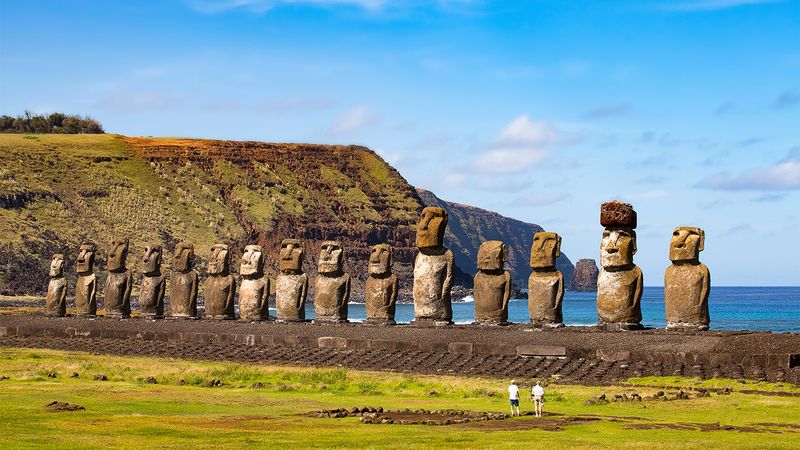
Wind-swept and enigmatic, Easter Island sits in the heart of the South Pacific. Known for its iconic Moai statues, the island offers a glimpse into an ancient civilization.
These giant stone heads, carved by the Rapa Nui people, are scattered across the island, standing silent yet imposing. Visitors often find themselves awed by the island’s vast, open landscapes and the endless ocean surrounding it.
Getting there involves a flight from Santiago, Chile – a journey that itself feels like stepping into a different world. Once there, the island’s remoteness is palpable, as is its cultural richness.
Tristan da Cunha, British Overseas Territory
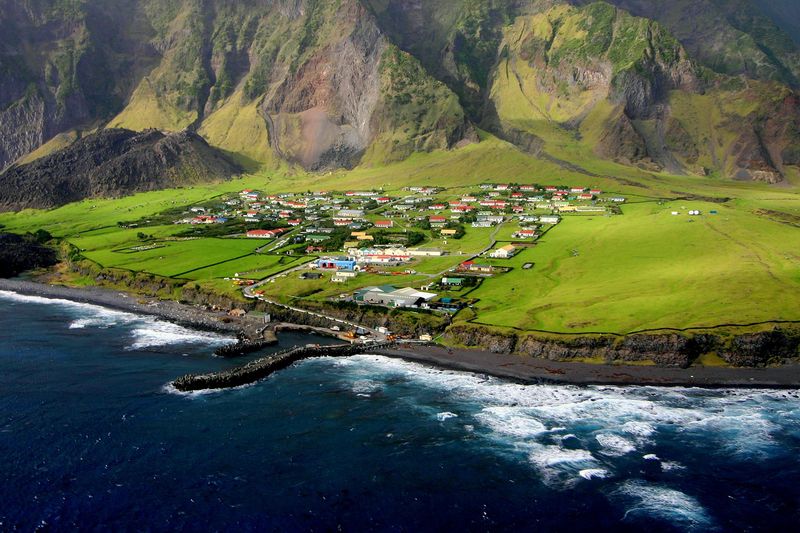
Imagine a place so secluded that only a handful of ships visit each year. Tristan da Cunha, the world’s most remote inhabited island, lies in the South Atlantic Ocean.
Its rugged, volcanic scenery captivates adventurers seeking solitude. The island’s small community welcomes visitors with warmth and curiosity.
Reaching this distant haven involves a week-long sea voyage from South Africa, an adventure in itself. Once ashore, you’ll discover unique wildlife and an unhurried way of life, untouched by modern chaos.
Its isolation is both a challenge and a charm.
Socotra, Yemen
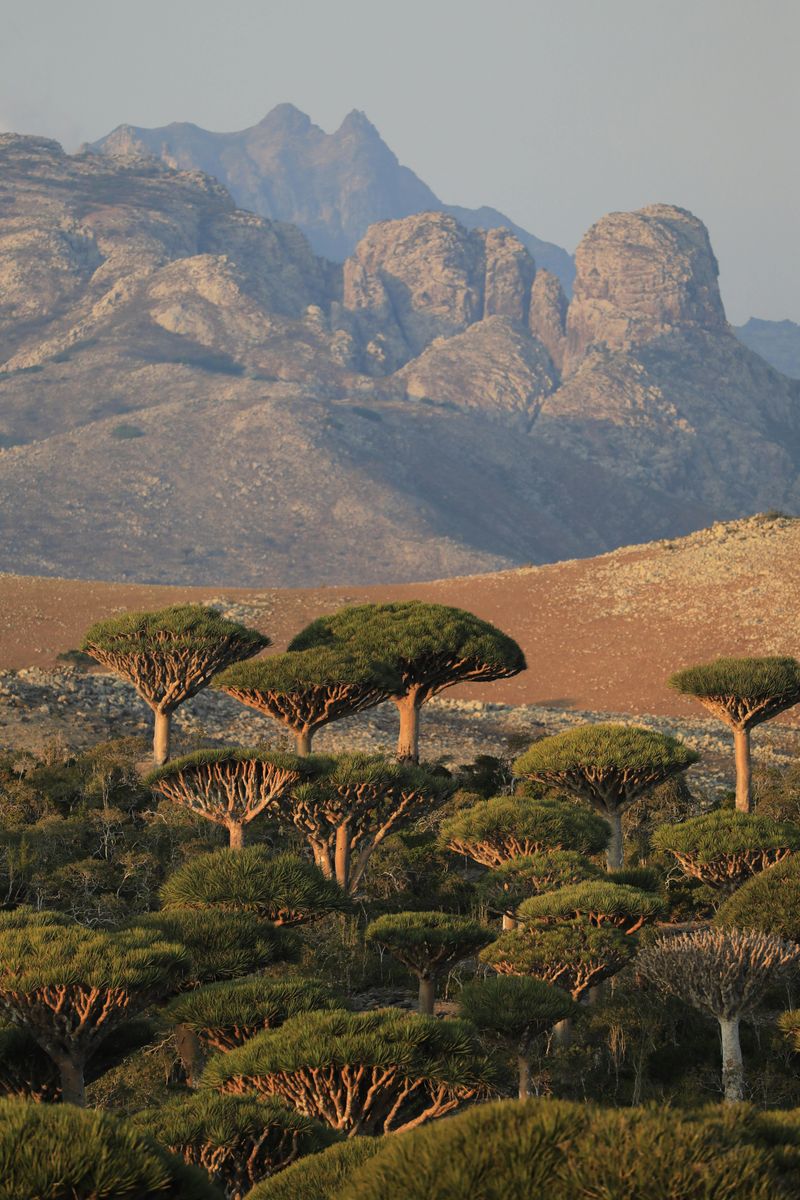
Off the coast of Yemen, Socotra stands as a natural wonder with its alien-like flora. The famous Dragon’s Blood trees, with their umbrella-shaped tops, dominate the landscape.
These unique trees, along with other endemic species, have earned Socotra a spot on UNESCO’s World Heritage list.
Accessible by flights from mainland Yemen, visiting Socotra is like entering another realm. The island’s biodiversity is unrivaled, offering a rare connection to nature’s creativity.
Its stark, arid beauty contrasts with the vibrant life that thrives there, making it a dream for nature enthusiasts.
McMurdo Station, Antarctica
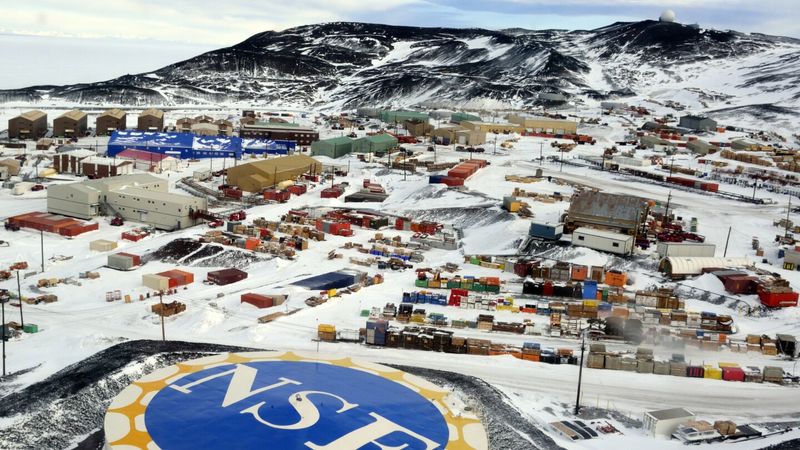
In the vast expanse of Antarctica, McMurdo Station serves as a research hub and a rare travel destination. The facility supports scientists from around the world, drawn by the continent’s extreme conditions and untouched landscapes.
While tourism is limited, special expeditions occasionally allow visitors to experience this icy frontier.
Reaching McMurdo involves careful planning and a long journey, often via New Zealand. The stark beauty of the ice and the silence of the snow create a haunting allure.
It’s a place where humans are guests in a land ruled by nature.
Longyearbyen, Svalbard, Norway
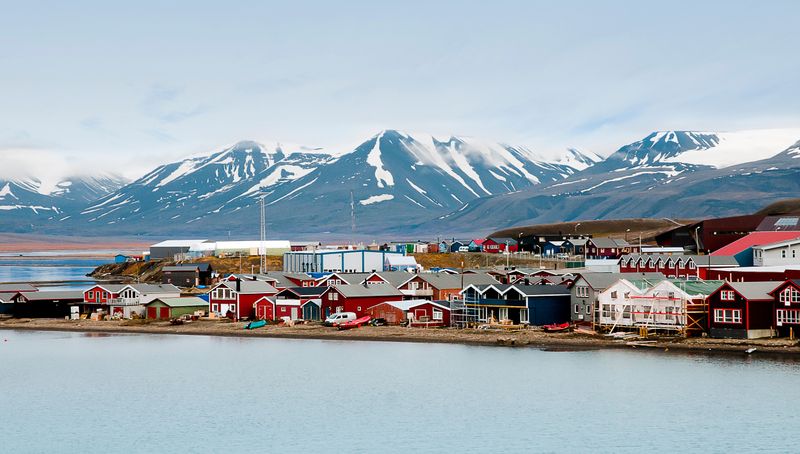
Perched high above the Arctic Circle, Longyearbyen is one of the world’s northernmost towns. Its extreme location offers a unique blend of adventure and serenity, where polar bears roam and the northern lights dance across the sky.
Despite its isolation, Longyearbyen is surprisingly accessible via flights from mainland Norway.
The town’s vibrant community and stunning natural surroundings provide a warm welcome amidst the cold. It’s a place where the wilderness beckons to those seeking a connection with the raw beauty of the Arctic, fostering a sense of awe and wonder.
Pitcairn Island, British Overseas Territory
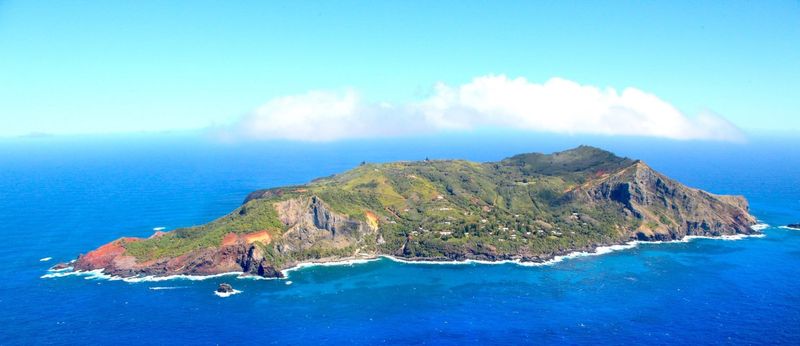
Home to the descendants of the Bounty mutineers, Pitcairn Island offers a glimpse into history and isolation. Nestled in the South Pacific, it remains one of the least populated territories on Earth.
The island’s rugged terrain and turquoise waters promise tranquility far from the modern world.
Reaching Pitcairn involves a sea journey from New Zealand, a quest for those seeking true isolation. Once ashore, visitors are embraced by the island’s small community and its captivating stories.
It’s a place where history comes alive amidst stunning natural beauty.
Ittoqqortoormiit, Greenland
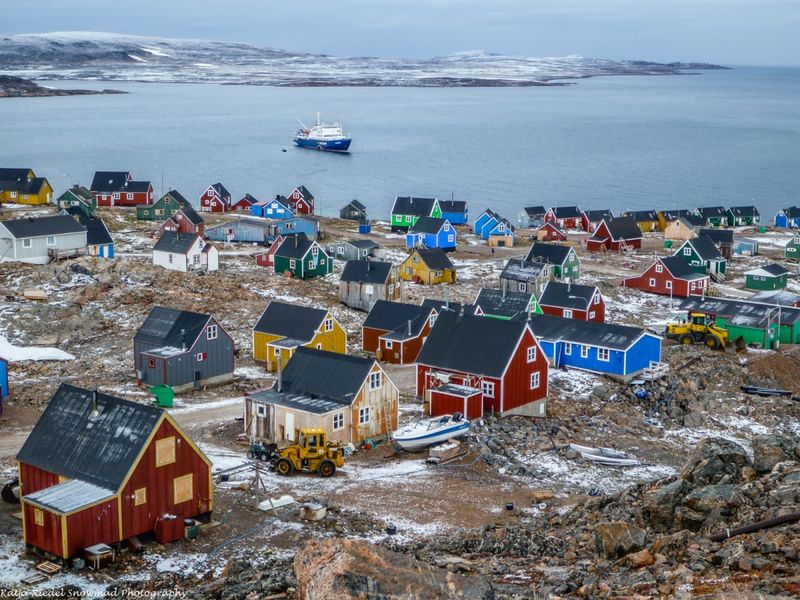
Tucked away on the eastern coast of Greenland, Ittoqqortoormiit offers solitude in a landscape of glaciers and icebergs. The town, home to just a few hundred inhabitants, is a gateway to the vast Arctic wilderness.
Here, adventure seekers can explore the pristine environment through dog sledding and kayaking.
Accessing Ittoqqortoormiit requires a flight and a boat ride, a journey that underscores its remoteness. The community’s resilience and the untouched beauty of the surroundings create a unique experience for those willing to venture off the beaten path.
Faroe Islands, Denmark
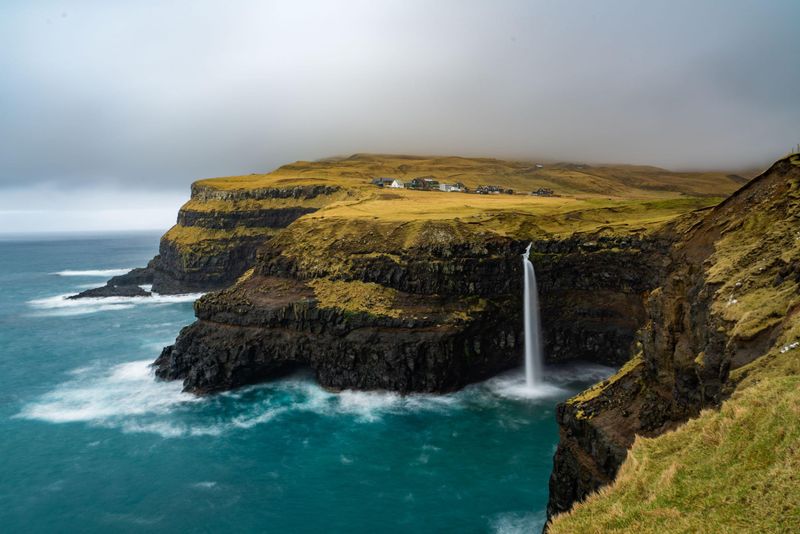
Floating in the North Atlantic, the Faroe Islands offer dramatic landscapes and vibrant birdlife. These 18 volcanic islands, with their sheer cliffs and rolling green hills, provide an escape into nature’s raw beauty.
The islands’ isolation has preserved their unique culture and traditions.
Visitors can reach the Faroes via flights from Denmark, stepping into a world where nature reigns supreme. The islands’ unpredictable weather and stunning scenery promise an adventure for those willing to brave the elements.
It’s a haven for bird watchers and hiking enthusiasts alike.
Chatham Islands, New Zealand
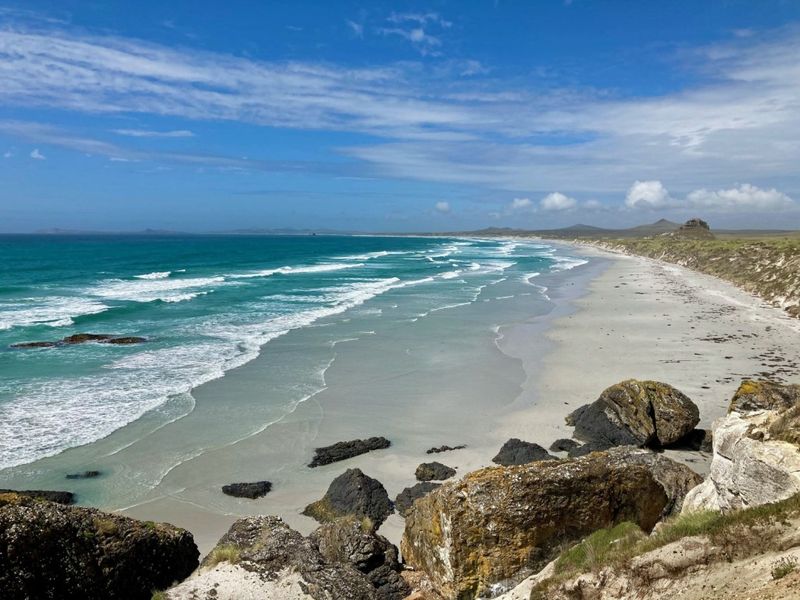
Far off New Zealand’s coast, the Chatham Islands beckon with wild landscapes and rich Maori heritage. These islands remain largely undiscovered, offering a quiet escape from the bustling world.
With their rolling plains and rugged coastline, the Chathams are a sanctuary for rare bird species.
Flights from New Zealand’s mainland take you to this tranquil archipelago. The locals’ deep connection to the land and its history is evident, adding depth to the visit.
It’s an opportunity to immerse oneself in a place where tradition and nature coexist harmoniously.
Bouvet Island, Norway
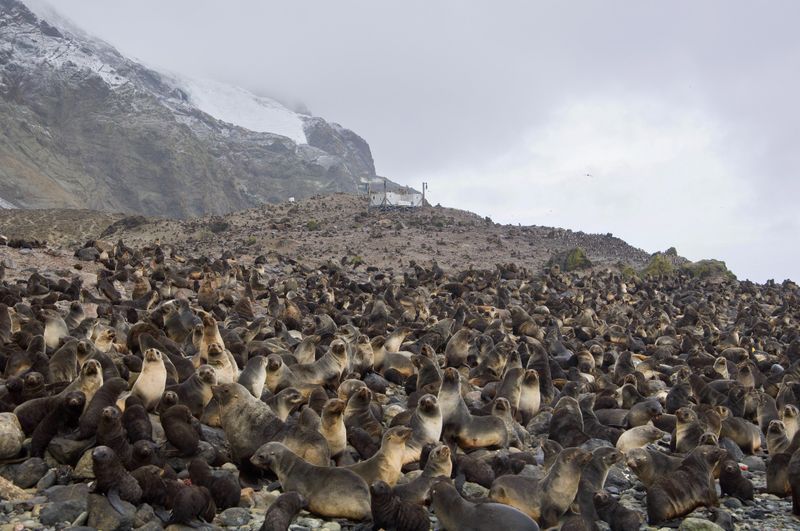
Known as the most remote island in the world, Bouvet Island is a frozen expanse in the South Atlantic. Uninhabited and covered in ice, it is a place of stark, unyielding beauty.
The island’s inaccessibility adds to its mystique, drawing only the most determined explorers.
Getting to Bouvet requires a permit and a challenging sea voyage, a testament to its isolation. Once there, the silence and vastness of the icy landscape are overwhelming.
It’s a destination for those who find wonder in the world’s most extreme environments.
Kerguelen Islands, French Southern and Antarctic Lands
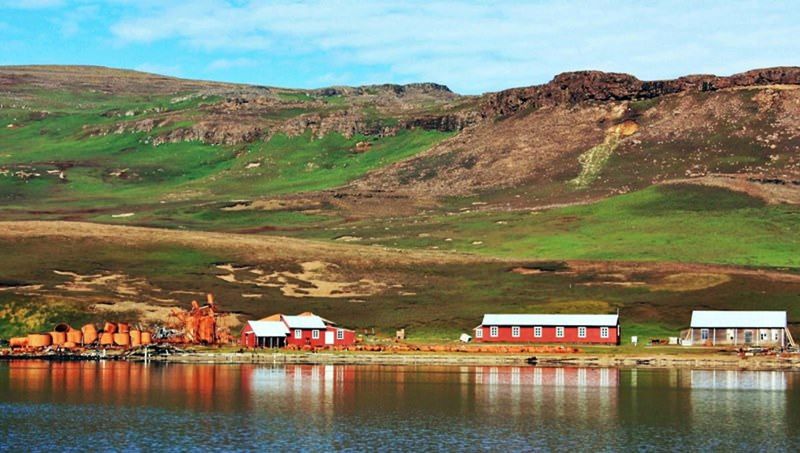
Often called the “Desolation Islands,” the Kerguelen Islands are a windswept archipelago in the southern Indian Ocean. Their remote location makes them a haven for wildlife, with seabirds and seals thriving in the harsh conditions.
Access is limited to a few research vessels annually, embarking from Reunion Island. The journey is long, but the islands’ rugged beauty and sense of isolation are rewarding.
It’s a destination that appeals to those with a spirit of adventure and a love for nature’s untamed side.
Svalbard Global Seed Vault, Norway
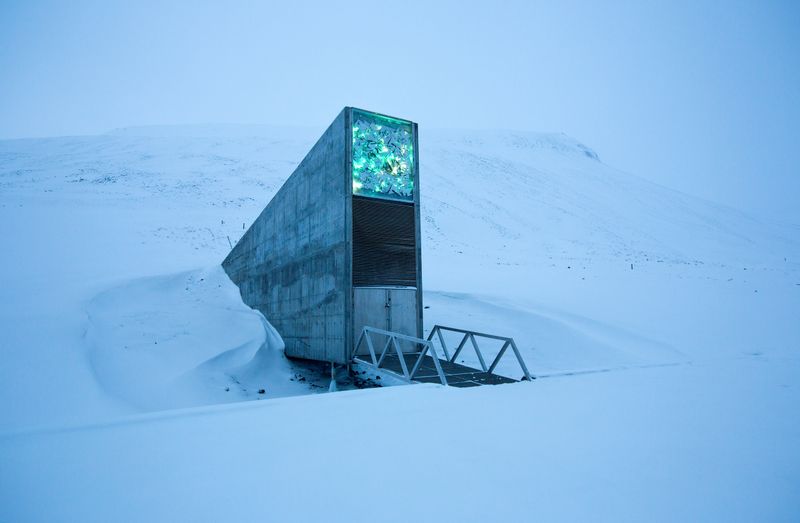
Tucked deep within a mountain on Svalbard, the Global Seed Vault safeguards the world’s agricultural heritage. This “doomsday” vault holds seeds from across the globe, ensuring biodiversity even in crisis.
While the facility itself is not open to the public, tours of the surrounding area offer insight into its significance. The journey to Svalbard is part of the adventure, with flights from mainland Norway.
It’s a reminder of humanity’s commitment to preserving the planet’s future, set against the stark beauty of the Arctic landscape.
Deception Island, Antarctica
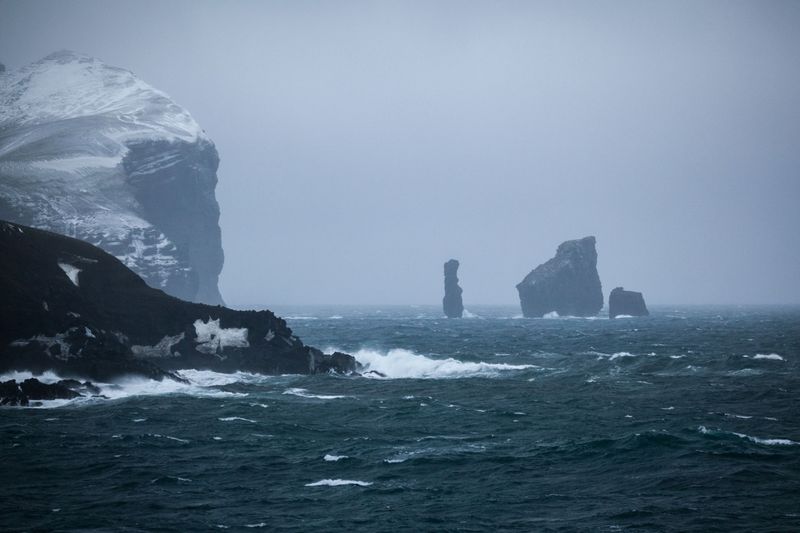
Part of the South Shetland Islands, Deception Island is a caldera of an active volcano. This unique geological feature creates steaming beaches and warm waters amidst icy surroundings.
It’s one of the few places in Antarctica where you can take a volcanic bath.
Access is typically via Antarctic cruises, adding a sense of adventure to the visit. The island’s history as a former whaling station and its stark, haunting beauty attract those intrigued by the extremes of nature.
It’s a place where fire meets ice in a dramatic display.
Ellesmere Island, Canada
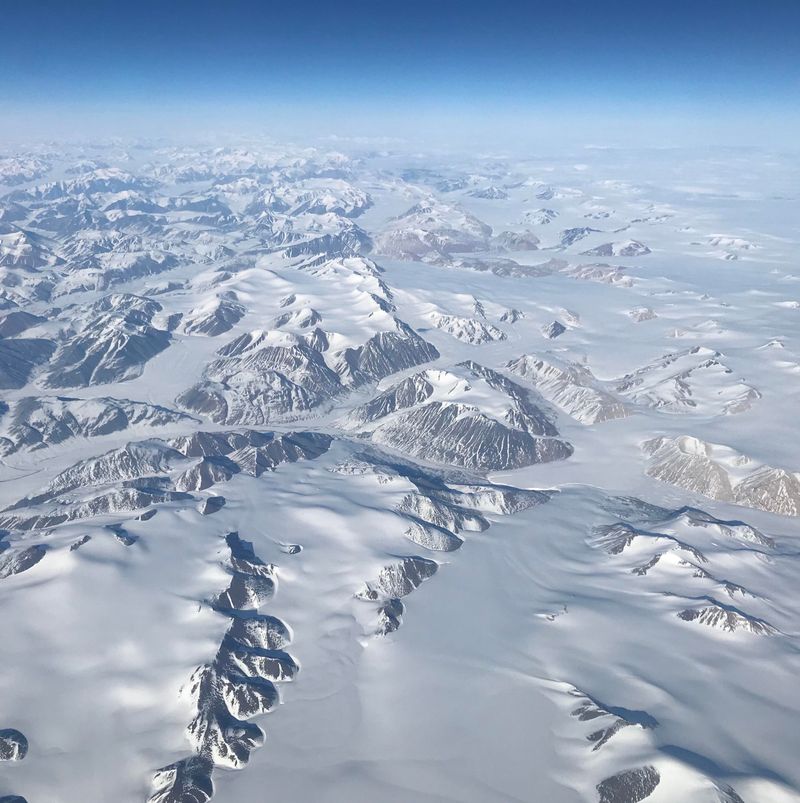
Canada’s Ellesmere Island is a vast wilderness of ice and stone, home to the northernmost national park on Earth. This remote expanse offers a glimpse into the Arctic’s pristine environment, with wildlife like musk oxen and Arctic hares.
Reaching Ellesmere involves flights and expeditions, reflecting its isolation. The island’s rugged beauty and untouched landscapes attract adventurers and scientists alike.
It’s a place where the raw power of nature is on full display, offering a rare chance to experience the Arctic’s true essence.
Aldabra Atoll, Seychelles
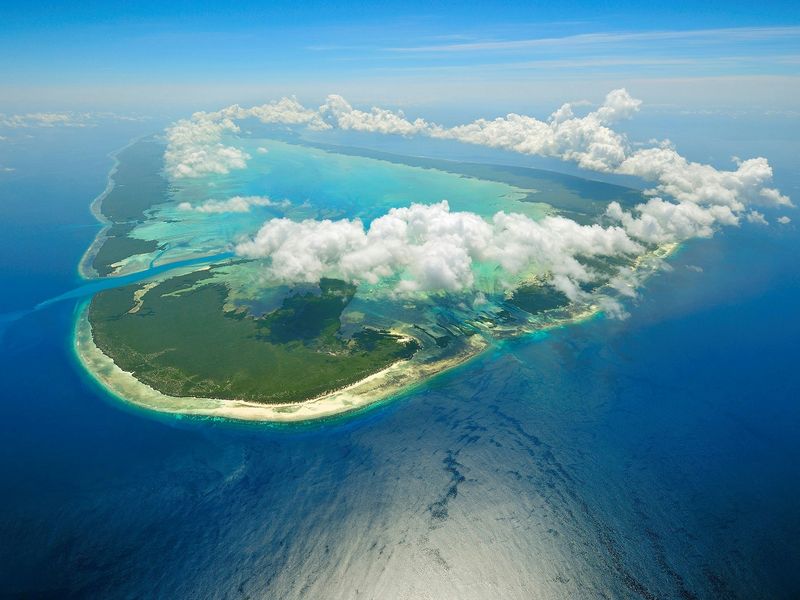
Aldabra Atoll, a UNESCO World Heritage Site, is one of the world’s largest coral atolls. Its remote location has preserved its unique ecosystem, where giant tortoises roam freely and vibrant coral reefs thrive.
Accessing Aldabra requires special permission and a guided tour from Seychelles, ensuring its protection. The atoll’s isolation offers a glimpse of what Earth’s marine environments once looked like, unspoiled and teeming with life.
It’s a sanctuary for those passionate about conservation and natural beauty, offering a serene and educational escape.
Changtang, Tibet
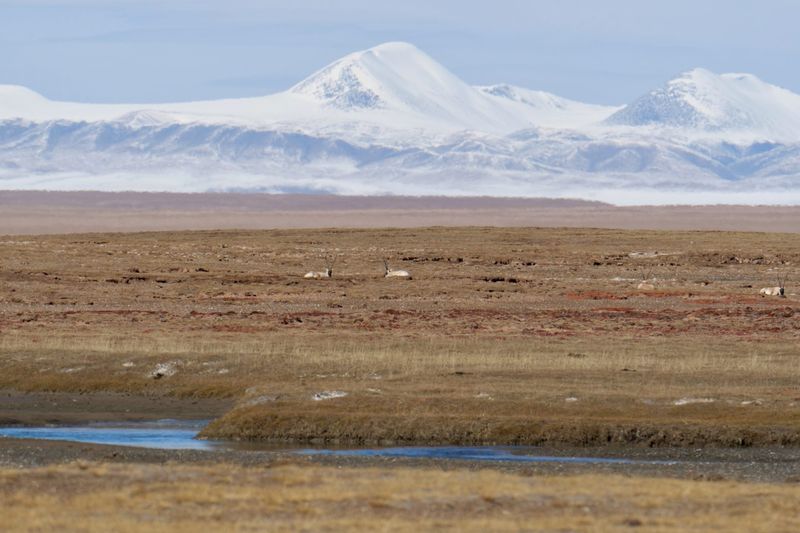
Changtang is a high-altitude plateau in northern Tibet, known for its stark, wild beauty. The region is home to nomadic herders and rare wildlife like the Tibetan antelope.
Its vastness and altitude create a landscape that’s both challenging and awe-inspiring.
Travel to Changtang requires careful planning due to its remote location and harsh conditions. For those who make the journey, the plateau offers a sense of peace and a connection to a traditional way of life.
It’s a place where the natural world remains untamed and majestic.
Socorro Island, Mexico
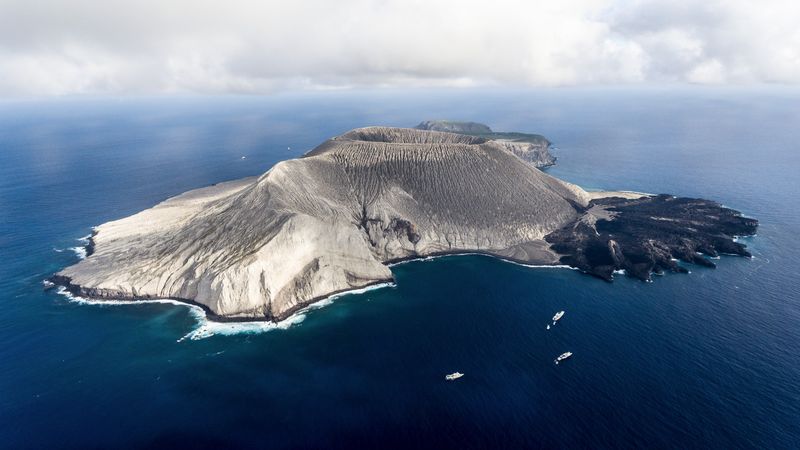
Part of the Revillagigedo Archipelago, Socorro Island is a hidden gem in the Pacific Ocean. Its volcanic terrain and rich marine life attract divers from around the world.
The waters surrounding the island are home to manta rays, sharks, and dolphins.
Accessible via liveaboard diving trips from Mexico, Socorro promises underwater adventures in a remote setting. The island itself is uninhabited, adding to its allure as a pristine dive destination.
It’s a paradise for those seeking to explore the wonders of the ocean away from the crowded dive spots.
Wrangel Island, Russia
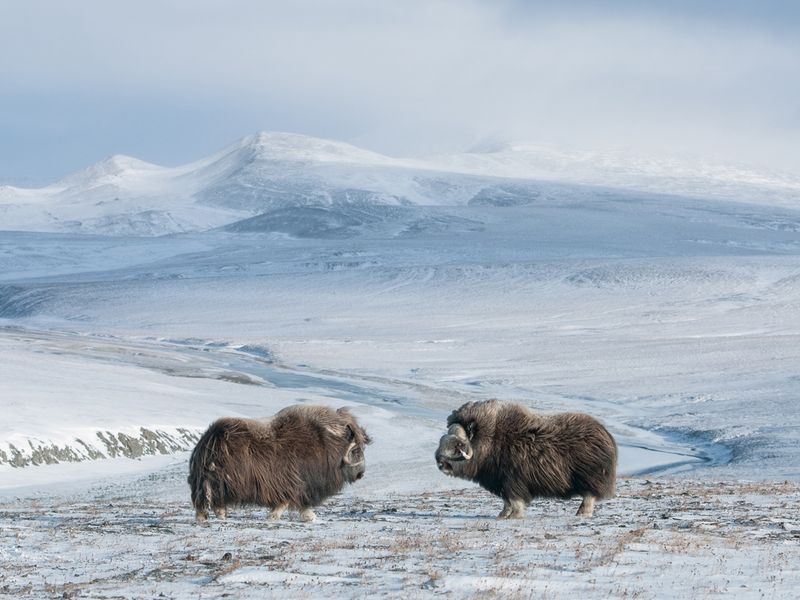
Wrangel Island is a sanctuary for Arctic wildlife, located in the Chukchi Sea. Its tundra landscape is home to polar bears, Arctic foxes, and walrus colonies.
The island’s remote location and protected status make it a haven for biodiversity.
Travel to Wrangel requires special permits and guided tours from Russia, ensuring minimal human impact. The island’s wild beauty and diverse ecosystems offer a rare opportunity for wildlife enthusiasts and researchers.
It’s a place where nature’s resilience and grandeur are evident in every view.
